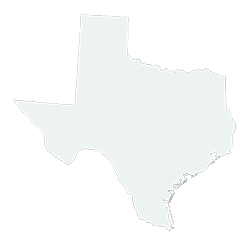‘We are waging an existential war’: M23’s Bertrand Bisimwa on DRC conflict
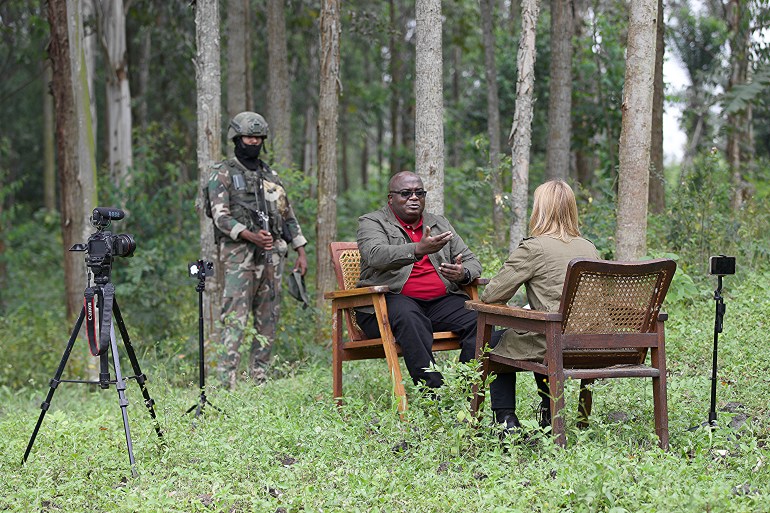
For three years, the eastern Democratic Republic of the Congo (DRC) has been embroiled in an armed conflict between the army and the M23 rebel group that has killed hundreds of people and displaced nearly two million. M23 was first formed after a mutiny within the Congolese national army (FARDC) in 2012. Though the initial rebellion was crushed, the group took up arms against the army and allied “Wazalendo” self-defence groups again in 2022, and has since seized swaths of territory in North Kivu province. M23 says it is defending the interests of minority Congolese Tutsis, many of whom say they suffer discrimination and exclusion in DRC for their ethnic links to Rwanda’s Tutsi community. Kinshasa sees M23 as the greatest security threat it currently faces, with regional tensions escalating as bodies including the United Nations accuse Rwanda of supporting M23 with troops and weapons, fuelling the rebellion – something Rwanda denies. Despite attempts at ceasefires and negotiations – including the 2022 Nairobi peace process and recent mediation efforts by Angola – fighting has continued. In Lubero, M23 advanced several dozen kilometres in just a few days in December. Advertisement Bertrand Bisimwa, the head of the political wing of M23, maintains that the group is fighting a “defensive” war. He spoke to Bojana Coulibaly, a researcher specialising in peace and security in Africa’s Great Lakes region, about the war in eastern DRC and hopes that dialogue will prevail. Bisimwa speaking to Bojana Coulibaly [Teddy Mazina/Al Jazeera] Bojana Coulibaly: Can you tell us what M23’s demands are? Bertrand Bisimwa: Our demands boil down to a struggle for survival. We are waging an existential war because the Congolese government is subjecting part of its population to death. And this didn’t start today. It has been going on for decades, where people are forced to seek refuge, fearing death, avoiding being killed. There is hate speech and there is also a kind of radicalisation that is taking shape. A part of the citizens, namely the Tutsi, serve as scapegoats for the Congolese government to distract the people from its governance failures. So, we told ourselves that we must not sit idly by and watch our citizens being killed in this way. This is why we are currently waging a defensive war to protect these citizens. So that they do not continue to be put to death. They are not second-class citizens. The state must take care of them and not consider them as stateless, or who are not Congolese. They are full-fledged Congolese citizens, like all other Congolese. Coulibaly: Recently, there’s been intense fighting between government forces and M23 in Great North Kivu, in the Lubero territory. Could you explain what happened? Bisimwa: In March, the mediator in the crisis between Rwanda and the DRC, Angola’s President [Joao] Lourenco, had invited us to Luanda to convey the message from the African Union which was to sign a ceasefire. We signed the ceasefire, but Kinshasa refused to sign it. Later, Kinshasa simply continued the war against us, and we started again – we continued to defend ourselves. On December 15, a meeting was scheduled between the Congolese government and the Rwandan government, which also had just signed their ceasefire, although the Rwandan government or the Rwandan military are not on Congolese soil and are not fighting. Advertisement The Congolese government wanted to have a victory on the ground before the 15th. They put pressure on us, with the aim of obtaining a victory that would put them in a comfortable position in order to put Rwanda in front of a fait accompli – that either they sign what Kinshasa wanted, or they would practically derail the Luanda meeting. That was the government’s objective. This is how they put pressure on us: they gathered more than 22,000 men assembled around 15 regiments, supported by the FDLR [Democratic Forces for the Liberation of Rwanda, an armed rebel group] – the former genocidaires of the 1994 genocide against the Tutsi in Rwanda – supported by the Wazalendo and they use them against us. We understood the manoeuvres, so we prepared sufficiently to defend ourselves. This is what led to this escalation of violence, because for us, it was essential to thwart this military offensive on their part, and we succeeded in doing so. We learned that they continue to prepare to reignite the war, and if they do reignite it, we will continue to defend ourselves to prevent them from continuing down that path, because we believe that for peace, it is necessary to thwart the path of war. An M23 soldier on patrol in the Democratic Republic of the Congo [Teddy Mazina/Al Jazeera] Coulibaly: The United Nations says M23’s advance towards the Great North Kivu as well as the increase in control of areas are a desire for expansion and conquest of territory. How do you respond? Bisimwa: Since we started our war, we are reacting to the offensive from the government that attacks us every day. And each time, we say it: if they continue to attack us, we will silence the weapons everywhere they shoot at us. Advertisement The logic of war dictates that when you have supremacy over the other, you take the space from which they were shooting at you. And we fight for that. When we fight against the government, those who attack us, we are obliged to silence the weapons from the space where they shoot. And that is what allows us to stop the war. So, we cannot be shot at and just defend ourselves without taking the weapons from the opponent. That would be illogical, it would mean continuing to submit ourselves to death and to submit to death the people that are in our area. You will see that every time we gain the upper hand over the opponent and take the space from which they were shooting at us, we stop there, and we wait. If they launch the same offensive again, at that moment
Russian gas flow to Europe via Ukraine stopped: Who does it hurt?
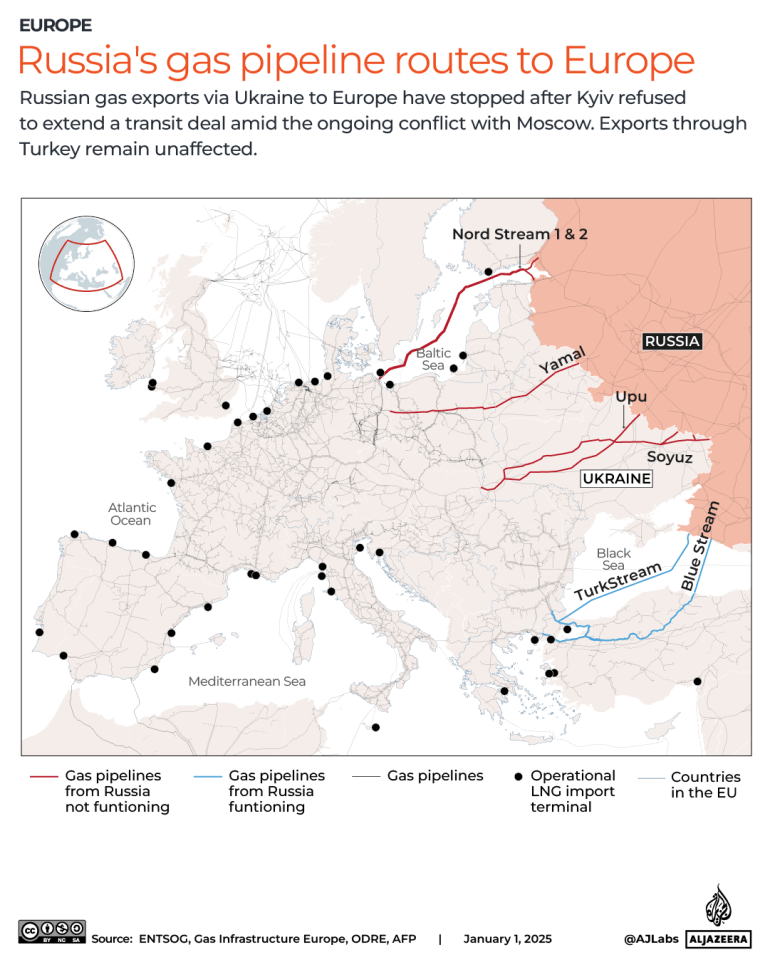
The flow of Russian gas to several European countries was halted on New Year’s Day after Ukraine refused to renegotiate a transit deal amid war with Moscow. Ukraine’s unwillingness to renew the five-year-old transit agreement aims to rob Russia of revenue that Moscow can use to fund its war, but the move will likely create an energy crisis in Eastern Europe, with Transnistria – a breakaway Moldovan region – cutting heat and hot water supplies to households. “It brings to a final end what was once Russia’s dominance of the EU energy market,” Al Jazeera’s Jonah Hull, reporting from Ukraine’s capital Kyiv, said. Before the invasion of Ukraine in 2022, Russia supplied some 35 percent of Europe’s pipeline natural gas exports. With the shutdown of Russia’s oldest gas route to Europe, functional for more than 40 years, Russia’s share has dwindled to less than 10 percent. Another gas pipeline passing through Turkiye still supplies gas to countries such as Hungary. So, how will turning off the taps during the height of the winter season affect countries, particularly in Eastern Europe and what could happen next? Advertisement Why did Russian gas flow to Europe via Ukraine halted? Russian energy giant Gazprom said on Wednesday that gas supplies to Europe had been halted at 8am local time (05:00 GMT) after Ukraine’s state-owned oil and gas company Naftogaz refused to renew its latest five-year transit deal. On Wednesday, Ukraine’s Energy Minister German Galushchenko said in a statement, “We stopped the transit of Russian gas. This is an historic event. Russia is losing its markets, it will suffer financial losses. Europe has already made the decision to abandon Russian gas.” The latest contract was first signed in 2020 under which Ukraine was paid transport fees. But Ukrainian President Volodymyr Zelenskyy had warned that Kyiv would not renew the transit agreement amid the continuing war. How much gas was Russia exporting to Europe? Many European countries began to reduce their reliance on Russian gas after Moscow’s invasion of Ukraine in February 2022. At its peak, Moscow’s share of European gas imports stood at 35 percent, but has fallen to about 8 percent. The European Union received less than 14 billion cubic metres (bcm) of gas from Russia through Ukraine as of December 1, down from 65bcm per year when the contract began in 2020. (Al Jazeera) The gas is sent through the Soviet-era Urengoy-Pomary-Uzhgorod pipeline from Siberia through Sudzha, a town in Russia’s Kursk region which is now under the Ukrainian military’s control. The gas moves via Ukraine into Slovakia. There, the pipeline splits into branches which take the supply to the Czech Republic and Austria. Advertisement The transit deal was bringing financial returns for both Russia and Ukraine. Ukrainian media quoted Serhii Makohon, former head of the Ukrainian GTS Operator, estimating that Russia made a significantly higher amount of money from the transit deal than Ukraine. Makohon estimated that Russia was earning $5bn a year, a number also reported by the Reuters news agency. On the other hand, Ukraine was receiving an annual $800m “but most of this money is spent on transit itself. [Ukraine’s] treasury receives $100-200m in taxes and dividends,” Makohon was quoted by Ukrainska Pravda. Bloomberg estimated Russia’s earnings from the deal to be even higher, at $6.5bn annually. Will there be an electricity shortage? Who will be affected by this? Austria, Slovakia and Moldova were relying on the transit route for their power supply. Austria was receiving most of its gas from Russia through Ukraine, while Slovakia was obtaining around 3bcm through the route annually, amounting to approximately two-thirds of its demand. Austrian energy regulator E-Control has said that it is prepared for a switch in supply and should not face disruptions. Slovak Prime Minister Robert Fico said on Wednesday that the halt in supply will cost the Eastern European nation hundreds of millions of dollars in transit revenue and a higher fee for the import of other gas. Fico asserted that this would result in the rise of gas prices across Europe. The Slovak economy ministry said that the country will have to bear the cost worth 177 million euros ($184m) for receiving gas through alternative routes. Advertisement Possibly the most vulnerable is Moldova. Russia sent about 2bcm of gas via Ukraine to Moldova’s pro-Russia breakaway region Transnistria annually since 2022. Transnistria, which borders Ukraine, would then sell electricity, generated using Russian gas, to government-controlled parts of Moldova. Moldova has already declared a state of emergency over the impending gas shortage. Moldova’s President Maia Sandu has blamed Gazprom for not considering an alternative route, and has said this winter in Moldova would be “harsh” without Russian gas. However, Moldovan Prime Minister Dorin Recean has said that Moldova has diversified sources of gas supply. On Wednesday, Transnistria, home to 450,000 people, cut off heating and hot water supplies to households. Ukraine itself does not use Russian transit gas, according to the European Commission, which added that the bloc had prepared for the cut-off. Has Russian gas flow to Europe completely stopped? The pipeline passing through Ukraine was one of the last functional routes used to export Russian gas. Other pipelines were shut in the wake of the 2022 Ukraine war, including the Yamal-Europe pipeline through Belarus and the Nord Stream pipeline under the Baltic Sea which sent gas to Germany. Russia still uses the TurkStream pipeline on the bed of the Black Sea to export gas. The pipeline has two lines, one feeds the domestic market in Turkiye, while the other supplies central European customers including Hungary and Serbia. However, the TurkStream has limited annual capacity, amounting to 31.5bcm for both lines combined. Advertisement What are alternative options for Europe? Europe has been trying to reduce its reliance on Russian gas, as it bought liquefied natural gas (LNG) from Qatar and the US, alongside piped gas supply from Norway. “The European gas infrastructure is flexible enough to provide gas of non-Russian origin to Central and Eastern Europe via alternative routes.
How Mukesh Ambani’s son Anant Ambani lost 108 kgs, his fitness trainer shares details

Celebrity fitness trainer Vinod Channa in of his blogpost shared some simple activities to build a lifestyle to ” lose your belly fat irreversibly.” As losing belly fat takes a lot of hard work, these daily habits would definitely work.
Republic Day Parade 2025 Tickets: Know price, when, where and how to buy
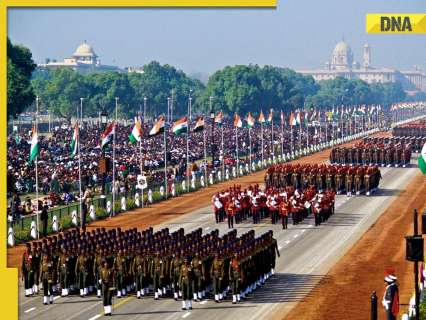
The sale of tickets for Republic Day Parade 2025 and Beating Retreat will commence on January 02, 2025. There are three events pertaining to the Republic Day for which tickets will be sold at five locations.
This year ranks as the warmest year since 1901, surpasses 2016 record, it is…
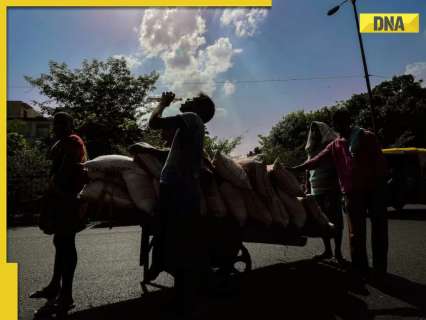
The year 2024 now ranks as the warmest year on record since 1901, surpassing 2016, which had recorded a mean land surface air temperature 0.54 degrees Celsius above normal.
Atul Subhash Case: Karnataka HC asks Bengaluru techie’s father to inform SC about Nikita’s custody
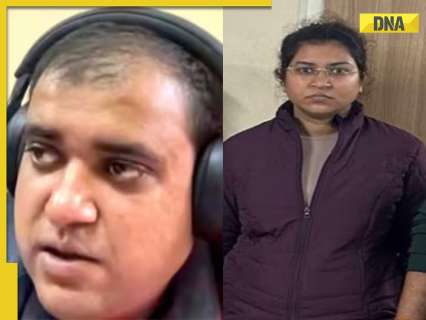
Nikita’s lawyer Bharath Kumar argued that her arrest was unlawful as the police failed to serve the grounds for her detention.
Good news for IAS Tina Dabi, sister IAS Ria Dabi, IAS Athar Aamir on New Year 2025, they are promoted from…
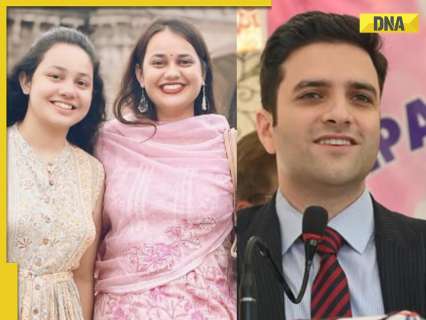
The IAS officers have been granted promotions along with other IAS, IPS, and IFS officers.
How 4 bank employees made Rs 12.5 crore fraud from CRED

Bengaluru city police recently busted a gang of four people who made a Rs 12.5 crore fraud from credit card payments company CRED. The police arrested them from Gujarat.
Kerala Lottery Results January 1 declared: Fifty Fifty FF 123 Wednesday lucky draw result, check winner list here
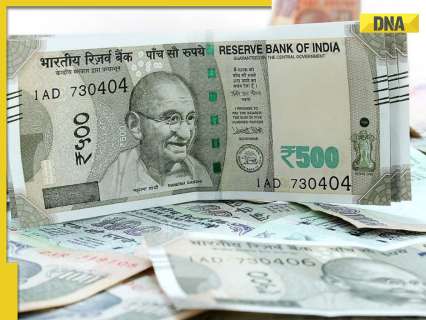
Kerala State Lotteries is one of the most trusted lottery systems in India, offering a legal and transparent way to win prizes.
Bodoland Lottery Result Today 01-01-2025: Assam state Jan 1 lucky draw result DECLARED at 3 pm; check winners list
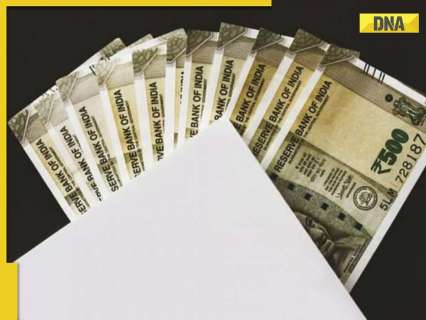
The Bodoland Lottery is often held three times every day. A lot of people purchase tickets for the Bodoland Lottery.
